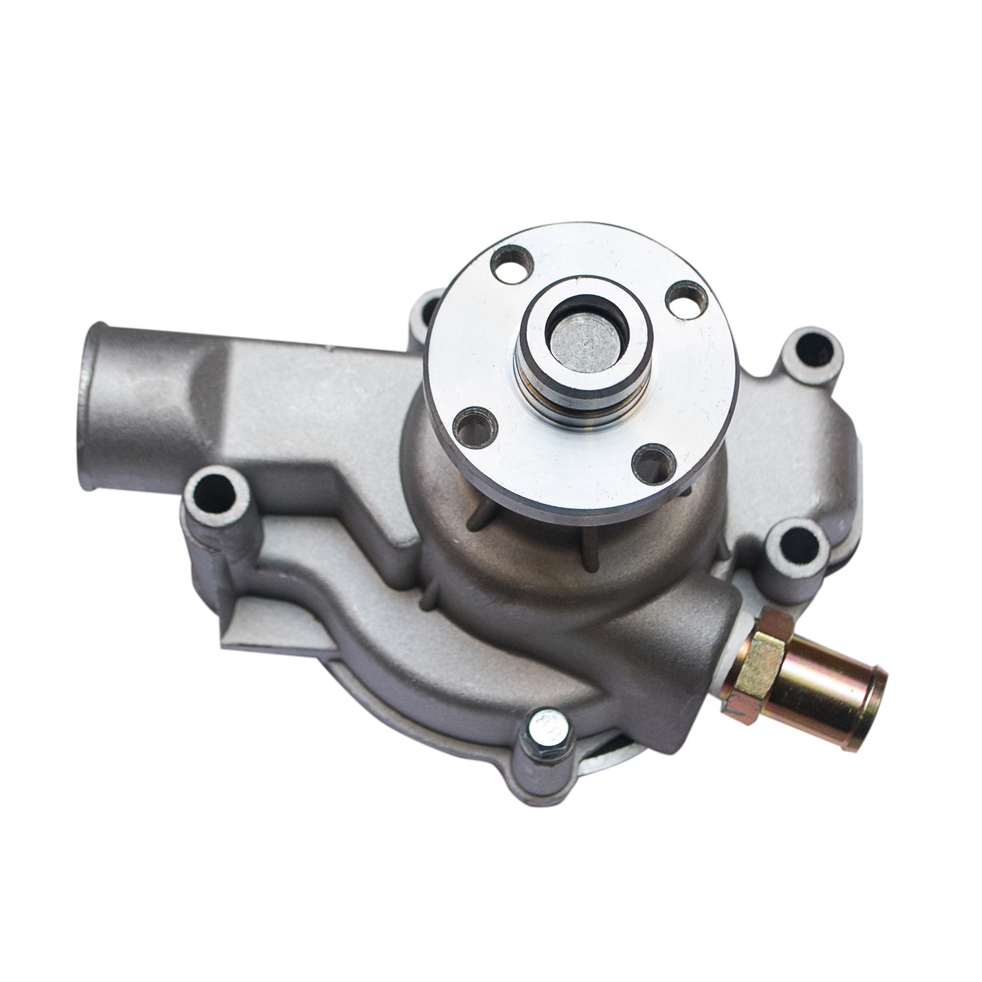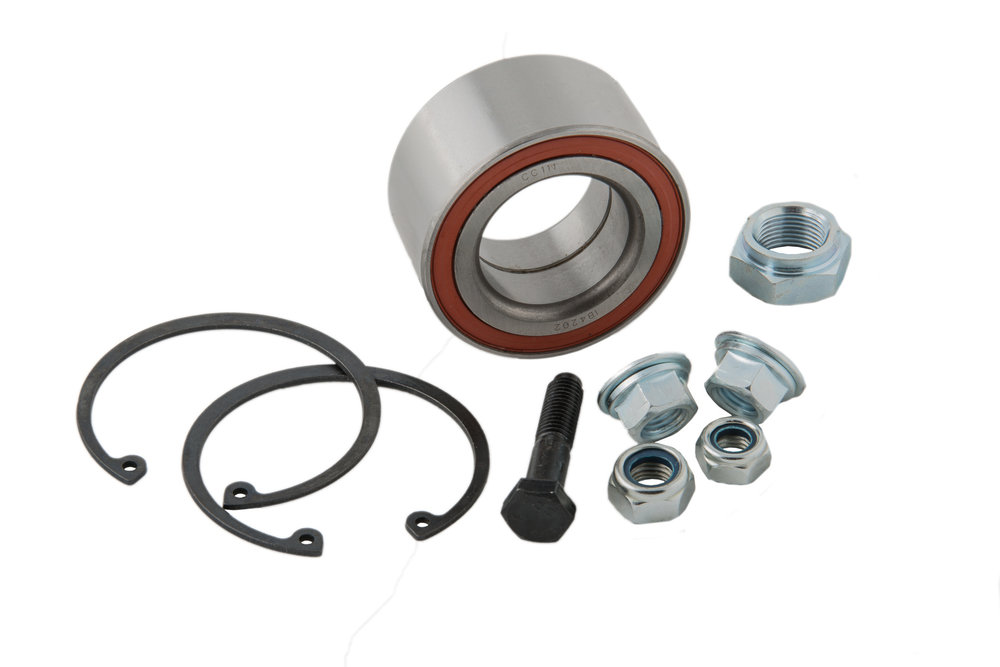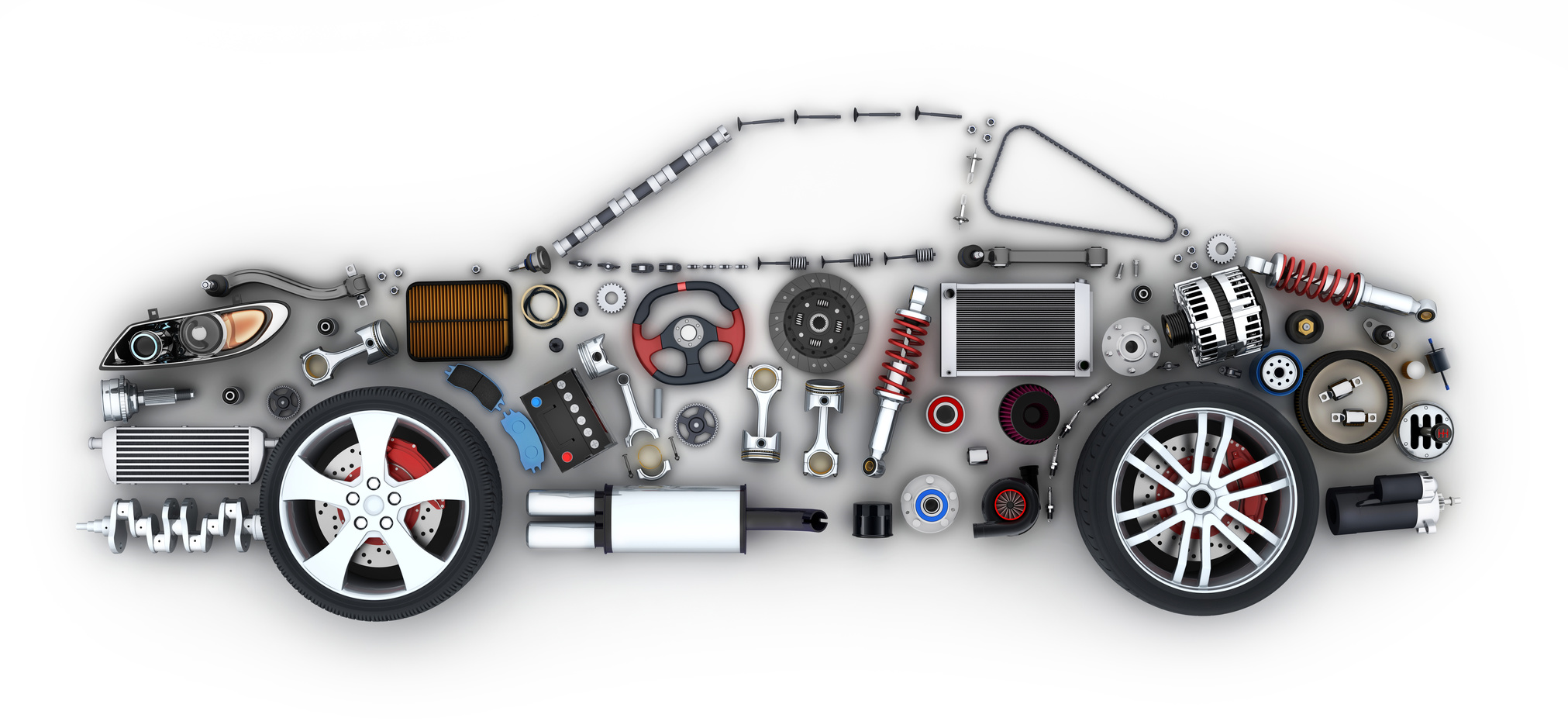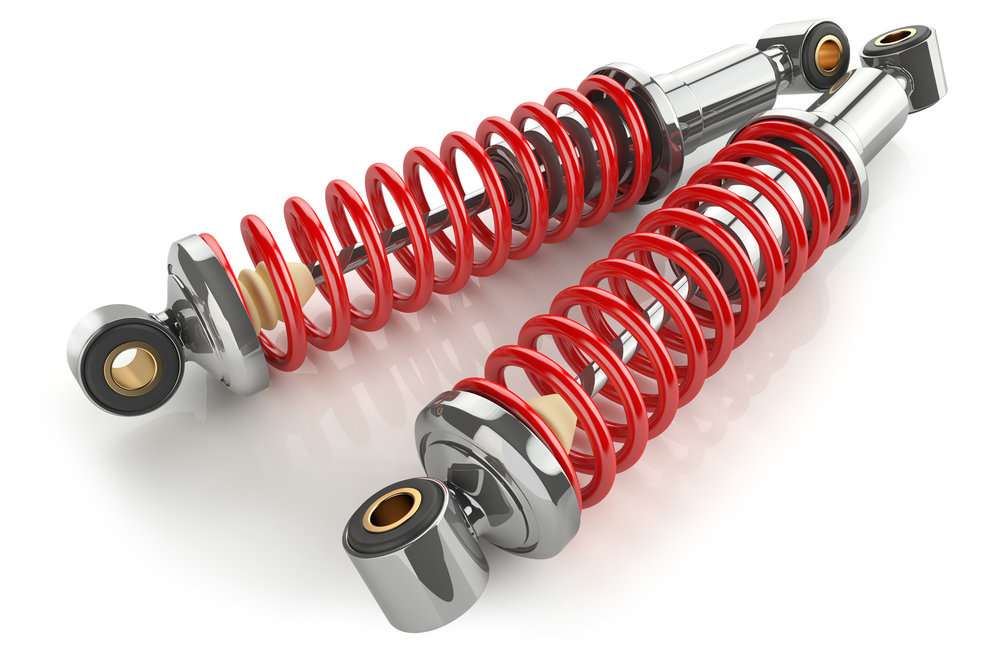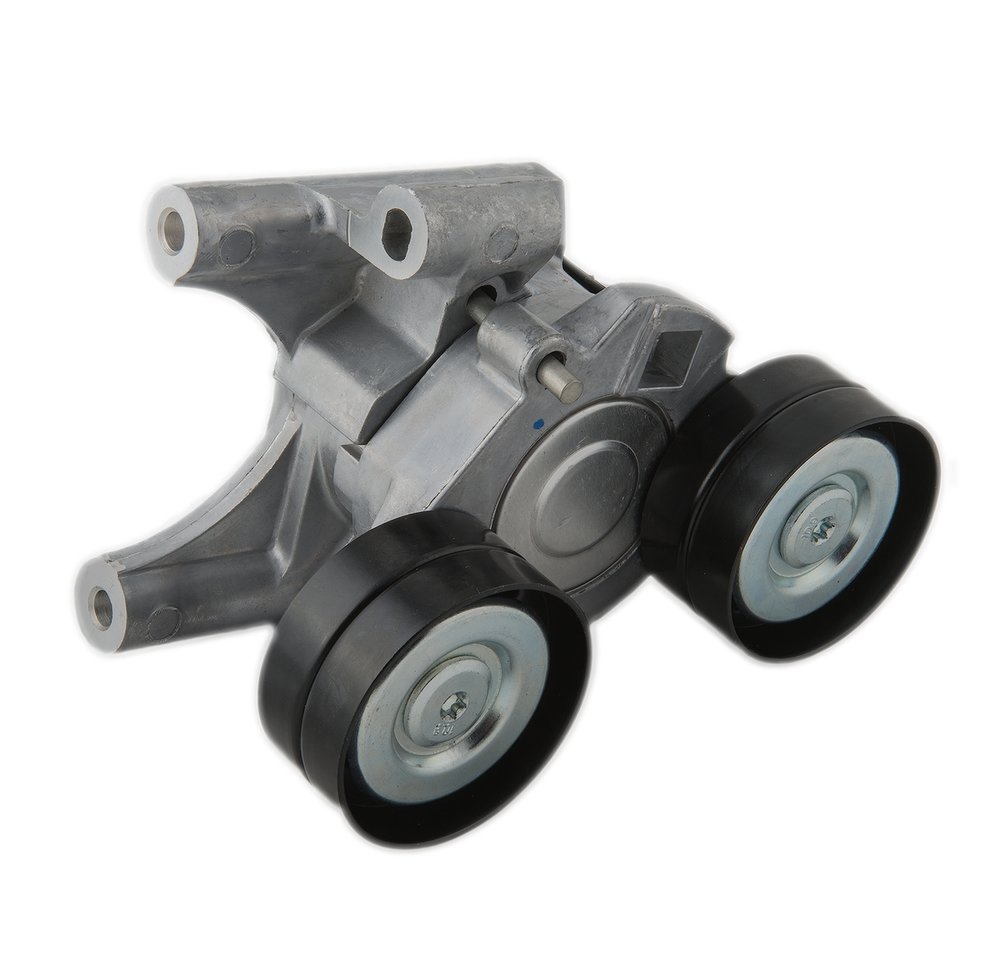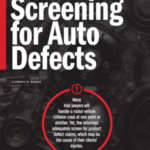Screening for Auto Defects
Reprinted from Trial® (November 2016) American Association for Justice®, Formerly Association of Trial Lawyers of America (ATLA®) www.justice.org/publications
Many trial lawyers will handle a motor vehicle collision case at one point or another. Yet, few attorneys adequately screen for product defect claims, which may be the cause of their clients’ injuries.
An unfortunate reality for people injured or killed in a motor vehicle collision is that most drivers carry only the minimum auto insurance that their state requires. And with minimum requirements ranging from only $15,000 to $50,000, a negligent driver likely is vastly underinsured. [1] When handling auto crash cases, you must be diligent and identify all potential failures that resulted in injury—an auto defect may result in more serious injuries than would have occurred otherwise.
The Takata air bag and GM ignition switch scandals may look like unprecedented auto safety crises, but are they? Before them, there was Toyota’s sudden acceleration defect, the Ford/Firestone stability and rollover defects, dangerous passive seat belt unlatching, and Ford Pinto fuel-fed fires. And between each of these high-profile auto defect crises were countless other auto defects that caused catastrophic injury or death. Each one highlights the critical importance of carefully evaluating every motor vehicle crash case for a potential auto product defect.
Although some auto defects cause collisions—for example, the Toyota sudden acceleration or GM ignition switches—these claims more often involve “crashworthiness” or “enhanced injury.” Crashworthiness claims arise when a vehicle fails in a manner that causes more seri- ous injuries than would have occurred without the defect.
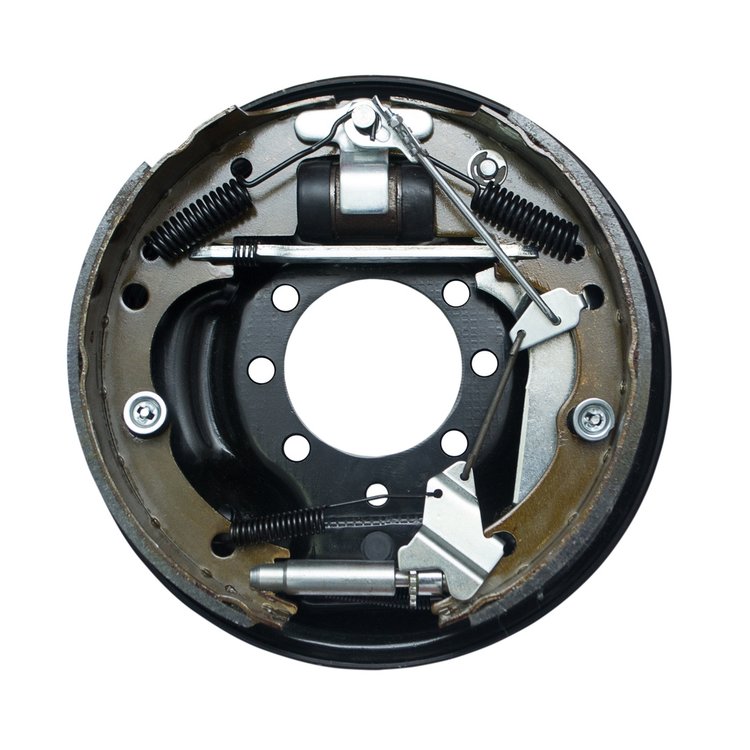
The common law “second collision” doctrine permits a plaintiff to recover when an auto manufacturer fails to design a vehicle to protect occupants in the event of a crash. [2] This claim only covers enhanced injuries caused by defective design, so the vehicle manufacturer is liable for those injuries regardless of how or why the accident happened—though some states allow defendants to compare the plaintiff’s fault in the initial crash. For example, in 2011, the Florida legislature amended state law to expressly permit juries to consider and compare the fault of all sources—even nonparties and even in the initial collision—potentially responsible for the injury. [3]
When evaluating whether an auto defect contributed to an injury or death, consider these four scenarios:
- A minor collision at residential speeds results in catastrophic injury or death. When your vehicle inspection and accident report review suggest that injuries should have been minor, but your client was seriously injured, that may indicate an auto defect. Occupants should not be catastrophically injured in a minor collision.
- A single occupant is severely injured or killed while other occupants suffer minor, if any, injuries. If other occupants can walk away from a collision when your client was severely injured, that strongly indicates that an auto defect caused your client’s injuries to be worse than they would have been otherwise.
- Failure of or severe damage to a localized area of the vehicle. Substantial damage to a small area of the vehicle suggests that area or component failed. These cases include tire blowout or detread, roof crush, and seat-back failure. Each of these components can fail in a manner that causes more damage in one area than to the rest of the vehicle.
- Seat-belted occupants are seriously injured or ejected. Seat belts should protect occupants, not injure them. Belt-induced injuries—such as abdominal and spinal cord injuries—are a telltale sign of a seat belt failure. [4] Seat belts also should keep occupants inside the vehicle. Ejection injuries to a belted occupant suggest that the belt failed to properly restrain that person.
A Lack of Public Information
How do you find the information you need to properly evaluate a potential auto defect claim? You must rely on your own resources and ingenuity because, unfortunately, there may be little information publicly available about a specific defect.
In 2000, Congress passed the Transportation Recall Enhancement, Accountability and Documentation (TREAD) Act, requiring automakers to report to the National Highway Traffic Safety Administration (NHTSA) any claims they received that attribute serious injuries and deaths to auto defects. [5] The TREAD Act also requires NHTSA to analyze fatal crash data.
However, a 2014 New York Times investigation found that NHTSA had not required automakers to make full disclosures when they conducted “death inquiries.” And it allowed manufacturers to conceal critical information by making an answer to the following question optional: “What may have caused the accident?” The Times found “only four cases in which a manufacturer responded to the question, and none in which a defect in the vehicle was identified.” Its investigation included all inquiries made of General Motors, Ford, and Chrysler in one quarter of 2012. [6]
During this period, GM chose not to answer inquiries involving at least three fatal crashes the carmaker had linked to an ignition switch defect. [7] NHTSA did not request further information, and the GM ignition switch defect was not made public until seven years later. [8]
Because of poor compliance with and enforcement of reporting requirements, publicly available information about the specific vehicle defects implicated in your client’s case likely will be limited. The greatest source of information will be other attorneys who handle similar claims. [9]
Early and Thorough Case Screening
The work you do in the first few days or weeks after your client contacts you is crucial for successfully identifying a product defect.
Who is at fault? Determine whether your client was at fault for the colli- sion. In a crashworthiness claim, the cause of the initial collision should be irrelevant—the claim seeks damages for enhanced injuries that occurred because of the vehicle’s failure, not because of the underlying crash.
But some jurisdictions—such as Florida—permit automakers to com- pare the driver’s fault in these cases, even when the plaintiff claims no dam- ages from the underlying injuries of the initial collision itself. [10] Even in other jurisdictions, the concept of crashworthiness may be difficult for the jurors to understand. Aggravating factors such as drunk or distracted driving are red flags that may entirely prevent you from bringing a claim.
Vehicle inspection and preservation. It is critical to preserve and document the vehicle—as well as the crash scene— in its condition immediately following the crash. If the vehicle is not preserved, it is difficult or impossible to identify failed components, measure crush and deformity, and perform other critical tasks to prove the defect claim.
Collect the vehicle’s black-box data. Preserve the information collected on the vehicle’s electronic control module or black box. Depending on the vehicle model and year, the black box may sup- ply crucial information on vehicle speed, seat belt use, acceleration/ braking input, and timing of the air bag deployment.
You will have to retain an expert experienced with preserving black-box data, and many attorneys coordinate download of the data with the manu- facturer to prevent potential spoliation claims if evidence is lost or corrupted during the download.
The vehicle’s pre-accident condition. Determine whether the vehicle was modified or altered before the crash. An auto defect claim requires the vehicle be in the same or substantially similar condition as when it left the manufac- turer. Substantial modifications likely preclude a products liability claim against the original manufacturer but a claim still may be possible against the person or corporation who modified the vehicle—for example, a manufacturer of recreational vehicles, limousines, or handicap-accessible vehicles.
In one case, I represented the family of a young man killed while driving a handicap-accessible van. Ford originally manufactured the van, but it was later modified by an aftermarket mobility company to incorporate accessibility features. I was unable to proceed against Ford but resolved the case against the mobility company.
Vehicle age. The vehicle’s age also is significant because older vehicles may present unique difficulties. In auto products liability claims, vehicles are judged based on the technology and knowledge available when they were initially designed and manufactured.
For example, you could not bring a claim arguing that a 1967 Chevy Camaro should have been equipped with electronic stability control or lane-departure warning technology. In some jurisdictions, such as Georgia, older vehicles may be subject to statutes of repose that prevent bringing claims at all. [11]
Experts are crucial. Consider retaining an expert to review your case during the initial investigation. A high-quality expert can inspect the vehicle with you and
not only identify potential failures in the vehicle’s design but also explain how and why those failures occurred. Automotive design and accident reconstruction experts are particularly helpful. For older vehicles, an expert can help explain what industry knowledge was avail- able concerning the defect when the car was originally sold.
Is the defect common? Determine whether the defect in your case is widespread and publicly known or whether injury from the defect is rare or an anomaly. It will be harder for the manufacturer to defend a well-publicized defect, but if the defect has occurred once or a limited number of times, the manufacturer can argue that something else caused the injury.
The “empty chair.” A final consideration is whether your client has settled a claim against a negligent driver. As with client-fault issues, the negligent driver’s conduct should not be relevant to a crashworthiness claim for enhanced injury. In practice, however, automakers often blame the defendant driver as the sole cause of injury.
If your client settles with a defendant driver, this may create an “empty chair” for the automaker to blame during trial. It also can create jurisdiction problems because settling early with a negligent driver may eliminate a diversity-destroying defendant and prevent you from filing your case in state court. It is best to avoid that empty chair scenario, and it is almost always detrimental to settle with a negligent driver early in the case.
Types of Defects
A wide range of auto defects can con- tribute to serious injury—far too many to discuss thoroughly in one article. [12] And as new technology emerges—active cruise control, lane assist, and other driving automation—the list of potential vehicle defects will continue to grow. But here are a few general areas to consider.
Defective seat backs. A seat back fails when it allows the occupant’s torso to move backward toward the rear seat. This can cause devastating injuries to the seat occupant as well as anyone in the rear seat. A seat-back failure may not be obvious—first responders may lift or alter the seat-back position when they extract rear-seat passengers.
Seat backs commonly fail because they are made of weak materials—such as plastic or hollow metal tubing—or because their recliner mechanisms bend and twist during even low-speed impacts, allowing the seat to collapse backward. Carmakers typically design vehicles to be most robust in a frontal collision, so seat backs typically fail during a rear-end collision as the occupant’s weight is forced toward the vehicle’s back seat.
Seat-back failure is a hazard for both the front-seat and rear-seat occupants. When a seat fails backward, the occupant loses contact with his or her seat belt and becomes unrestrained. Ford has acknowledged that “recliner seat backs [can] twist on rear impact and form a ‘funnel’ for front seat occupants to fly together toward the center of the rear of the car.” [13] When the front- seat occupant is thrown into the rear seat, the front-seat occupant not only suffers injury but often causes injury to others. The occupants’ heads may strike together, resulting in traumatic brain injury. Because children most often ride in the back seat, these defects cause a high number of brain injuries in children.
Worse still, vehicle manufacturers have designed many seat backs to “yield” in low-energy impacts so they achieve a better rating for head injury and whip- lash criteria. But “yield” is simply another term for “fail.” Manufacturers routinely argue that seats must be designed to yield, but that is simply untrue. Yielding seat backs are much more prone to outright failure even in very-low-speed impacts.
And federal minimum standards for seat-back strength haven’t kept up with technology. I have worked with experts who have shown that an aluminum lawn chair and even a cardboard chair exceed the federal minimum requirements for seat-back strength. [14]
Fuel-fed fires. A vehicle occupant who survives the initial forces of a crash should never be injured or killed by a subsequent fire—but a defective fuel system can turn a minor crash into an inferno. Over the past several decades, fuel system design has improved, but automakers still may place fuel tanks in positions where they can be crushed or compromised in a collision, and they often fail to adequately protect the fuel tank from puncture damage.
And manufacturers still fail to incorporate check valves or other anti-siphoning devices that can prevent fuel leaks in the event of a cut or break in the fuel lines or fuel filler neck—even though these safety devices cost only pennies.
When handling a fuel-fed fire case, identify the location of the failure and why it occurred. Your theory might include: fuel tank location or adequacy of shielding; fuel line location, shielding, or materials used; fuel filler pipe design; or failure to incorporate an in-tank check valve or anti-siphoning device.
Retain a fuel system design expert early on and be prepared to remove the fuel tank from the vehicle in a joint tank-removal inspection with the defendant manufacturer. You may be able to locate holes, tears, or openings in the fuel tank with the tank in place, but the cause or source of those failures may be unidentifiable unless the tank is removed.
In a wrongful death case, look for evidence that the person survived the initial crash and was killed by the fire. Interview eyewitnesses and find evidence that the person was moving, breathing, or making sounds after the initial collision. An elevated carbon monoxide level in the blood or soot in the airway indicates smoke inhalation and establishes that the person survived the initial crash.
Defective tires. Tires are the vehicle’s only point of contact with the road, so when they fail, it is highly likely that the driver will lose control of the vehicle. Tire defects typically are identified by evidence of a catastrophic failure: a tire blowout or detread—when the tread, or outermost layer of the tire, separates from the body of the tire beneath it.
Consult a tire expert early in your investigation to identify the failure’s cause. Tires that are older or are “aged” are at a higher risk of failure, particularly in warmer climates and even if they have never been used or have little wear and nearly full tread depth.
Though it is not widely known by the public, tire manufacturers have known for decades that all tires deteriorate with age. When tire rubber loses its elasticity, it becomes fragile. A tread separation involving any tire older than six years should be considered for an “aged” tire defect claim.
Tires, like any product, are susceptible to design defects that cause failure. Tire production in particular often uses a nonuniform manufacturing process that allows for variations within and between production runs, increasing the likelihood of error and manufacturing defects. These variations can result in poor construction of critical components—such as the inner liner or belt placement—and can lead to rubber components oxidizing, which can make the tire vulnerable to tread separation and premature failure.
Every trial lawyer should screen auto crash cases for potential auto defect claims. You often can conduct an initial review with only an accident report and a few photographs, though additional follow-up may be required.
Looking for the published version?
Source: (November 2016) American Association for Justice®, Formerly Association of Trial Lawyers of America (ATLA®) www.justice.org/publications
View Article →
BRETT A. EMISON
Brett A. Emison is a partner at Langdon & Emison in Lexington, Mo. He can be reached at brett@lelaw.com.
Copyright © 2016 Brett A. Emison.
Notes
- For example, California requires only $15,000 coverage for injury or death, while Maine requires $50,000 minimum coverage. Cal. Ins. Code. §11580.1b (2001); Me. Rev. Stat. tit. 29-A, §1605 (2015). The majority of states require $25,000 in minimum coverage.
- The common law crashworthiness doctrine was first articulated in Larsen v. Gen. Motors Corp., 391 F.2d 495 (8th Cir. 1968).
- See Fla. Stat. §768.81 (2011) (legislatively overturning D’Amario v. Ford Motor Co., 806 So. 2d 424 (Fla. 2001)).
- Abdominal injuries can include liver or kidney lacerations or aortal injuries. Spinal cord injuries include “jack-knife” injuries to the lower back or cervical injuries caused by the neck engaging the shoulder strap.
- Pub. L. No. 106-414, 114 Stat. 1800 (2000).
- Hillary Stout et al., Regulator Slow to Respond to Deadly Vehicle Defects, N.Y. Times (Sept. 14,2014).
- Id.
- Id.
- AAJ Litigation Groups or the Attorney Information Exchange Group (AIEG) can help you find these other attorneys.
- Fla. Stat. §768.81.
- See, e.g., Ga. Code Ann. §51-1-11 (2009) (“no action shall be commenced . . . after ten years from the date of the first sale . . . or consumption of the personal property causing or otherwise bringing about the injury”).
- Other common defects to consider include: air bags, child seats, seat belts, roof crush, stability, suspension, rollover, and laminated glass. To read more about some of these defects, see Robert E. Ammons & Anjali Nigam, Unmasking Defects in Auto Safety Technology, 49 Trial 20 (Nov. 2013).
- Ford Body and Chassis Engineering Memorandum, Dr. D. Huelke Presentation on Vehicle Occupant Protection (Aug. 16, 1984) (on file with the author).
- 49 C.F.R. §571.207 (2008).


